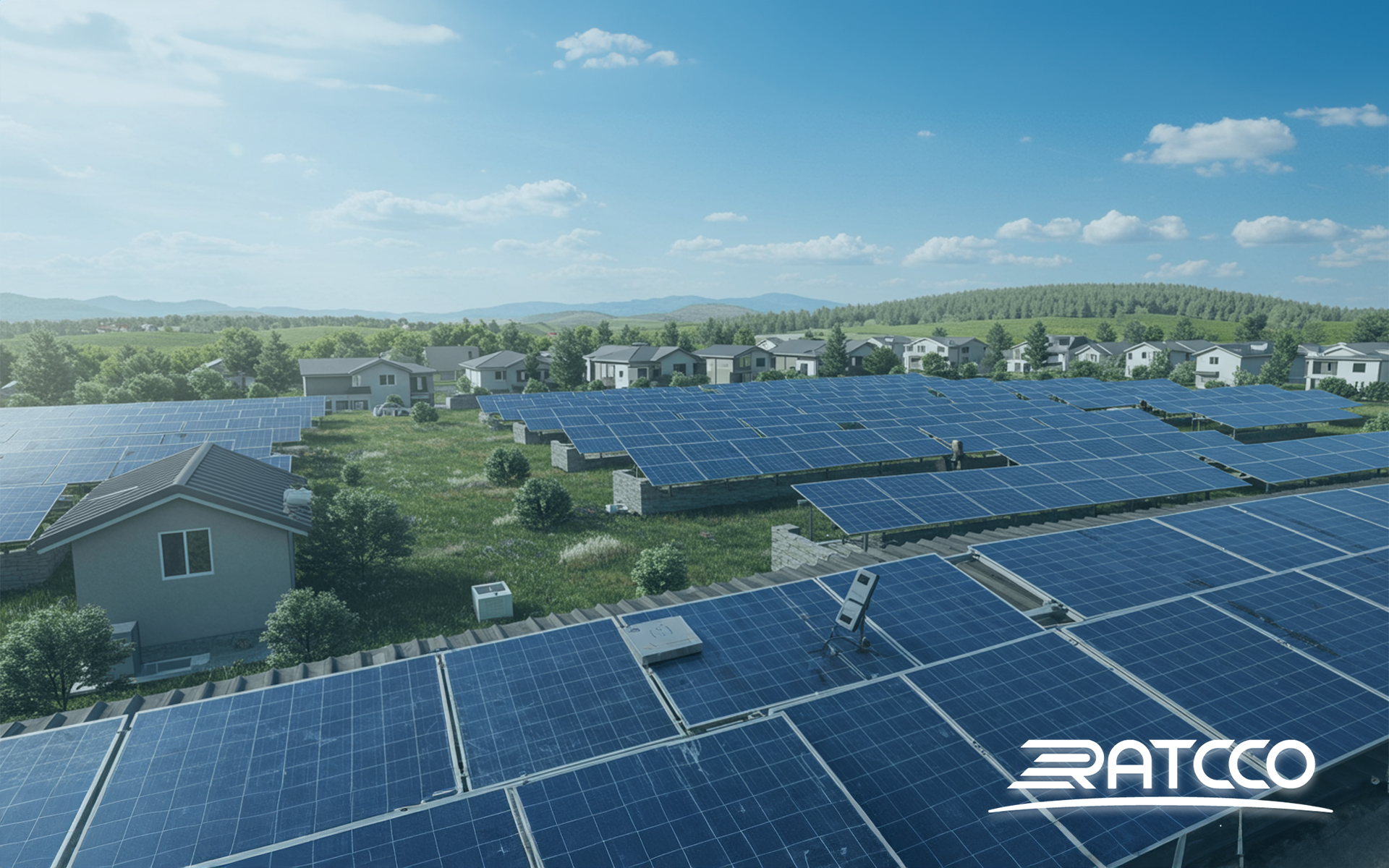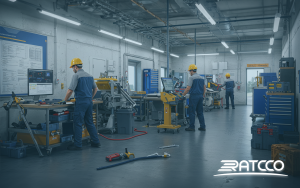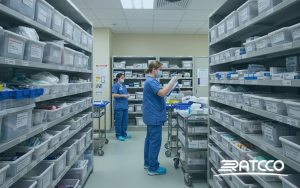As global demand for clean energy continues to rise, solar power systems have become a leading solution for achieving sustainability and reducing reliance on fossil fuels. These systems harness the sun’s energy and convert it into usable electricity across various sectors—offering a cost-effective and eco-friendly alternative to traditional energy sources.
In this article, we’ll explore the essentials of solar energy system design, key components, how to choose the right setup, and the role that staffing and labor supply companies play in supporting the sector’s growth in Saudi Arabia.
What Is Solar Energy System Design?
Designing a solar power system involves planning and installing components to ensure maximum energy efficiency. It includes determining electricity needs, selecting appropriate equipment, and positioning solar panels for optimal sunlight exposure.
Types of Solar Power Systems
On-Grid Systems
- Connected to the main utility grid
- Allows selling excess energy back to the grid
- No battery storage required—cost-efficient
Off-Grid Systems
- Ideal for remote areas without access to public electricity
- Uses batteries to store energy for nighttime or cloudy days
Hybrid Systems
- Combines grid connection with battery backup
- Offers flexibility and energy independence
Main Components of a Solar Power System
- Solar Panels
Capture sunlight and convert it into direct current (DC) electricity. Available in monocrystalline and polycrystalline options. - Inverter
Converts DC into alternating current (AC), making the electricity usable for homes and businesses. - Batteries
Store energy for use when sunlight is unavailable. Essential for off-grid and hybrid systems. - Mounting Structures
Secure panels at the correct tilt and orientation for maximum sunlight exposure. - Charge Controllers
Regulate battery charging to prevent overcharging and extend battery life.
How to Design an Efficient Solar System
- Assess Your Energy Needs
Analyze your monthly electricity bills to estimate your daily usage. - Choose the Right Panels
Quality and size matter—select panels that meet your power demands and are compatible with your system. - Optimize Panel Placement
Position panels at the correct angle and ensure they’re free from shade to maximize output. - Select the Right Battery and Inverter
Pick reliable components that match your system’s capacity and performance goals. - Plan for Maintenance
Clean panels regularly and inspect batteries and wiring to maintain performance.
The Role of Staffing Agencies in the Solar Sector
With the surge in renewable energy projects, there’s growing demand for skilled engineers and technicians. Recruitment agencies in Riyadh are playing a key role by:
- Supplying engineers specialized in solar system design and installation
- Providing trained technicians for system maintenance and repair
- Offering training programs to upskill workers in clean energy technologies
Why Medical Supply Companies Are Turning to Solar
Hospitals and medical centers require consistent, reliable power. Many medical equipment companies are investing in solar systems to:
- Cut electricity costs
- Ensure uninterrupted power during outages
- Support sustainability and reduce emissions
Labor Supply Companies Supporting Solar Projects
Large-scale solar installations need skilled labor at every stage. Labor supply firms support the sector by:
- Providing trained workers for solar panel installation and upkeep
- Supplying electricians for system integration
- Offering renewable energy engineers for system design and optimization
Benefits of Solar Energy Systems
- Cost Savings: Significantly reduce electricity bills and earn credit for surplus power.
- Environmental Sustainability: Cut carbon emissions and lower dependence on fossil fuels.
- Energy Independence: Harness the sun—a free, renewable resource available everywhere.
- Property Value: Solar-equipped buildings are more attractive to buyers and investors.
Conclusion: Solar Energy Is a Smart Investment
Designing a solar energy system is not just an environmental decision—it’s a strategic investment in cost savings and energy resilience. With growing demand for clean power, it’s crucial to work with professionals who can deliver efficient, well-optimized systems.
Whether you’re a medical facility, industrial site, or residential user, start planning today for a cleaner, more independent energy future.




